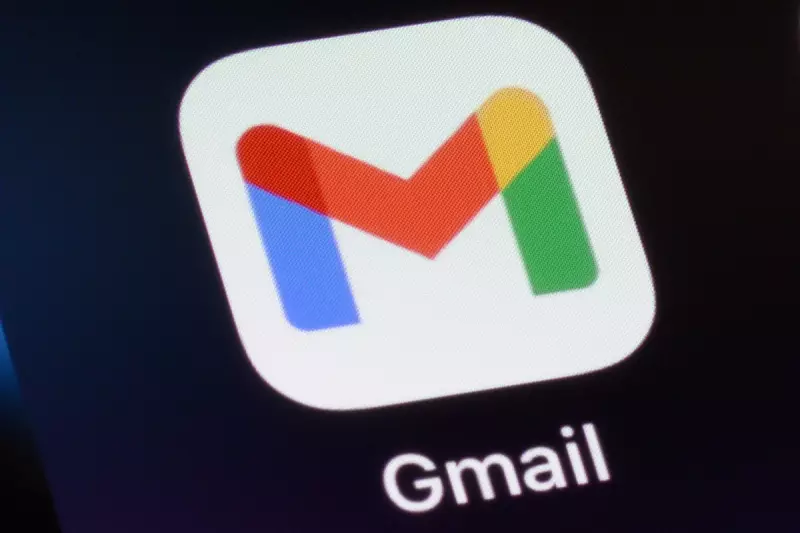
Google users are facing a serious security crisis after cybersecurity experts discovered nearly 2,000 Gmail passwords circulating on the dark web. The leaked credentials could give hackers direct access to personal emails, sensitive documents, and connected services.
What We Know About the Breach
The security incident came to light when researchers identified a significant cache of Google account login details being shared among cybercriminals. While the exact origin of the breach remains under investigation, evidence suggests these credentials were stolen through various malware campaigns and phishing attacks rather than a direct hack of Google's systems.
"This isn't a case of Google's servers being compromised," explained a cybersecurity analyst. "Instead, we're seeing credentials harvested through infected devices and deceptive websites designed to mimic legitimate Google login pages."
Immediate Steps to Protect Your Account
Security professionals are urging all Gmail users to take proactive measures:
- Enable two-factor authentication immediately - This adds an essential extra layer of security beyond your password
- Change your password - Create a unique, complex password that you haven't used elsewhere
- Check your account activity - Review recent sign-ins for any suspicious locations or devices
- Update recovery information - Ensure your backup email and phone number are current
The Bigger Picture: Why This Matters
This incident highlights the ongoing battle against cybercrime that affects millions of internet users. With many people reusing passwords across multiple platforms, a single compromised credential can unlock numerous accounts, from social media to banking services.
"Your Gmail account is often the key to your digital life," warned a digital security expert. "Hackers don't just want your emails - they want access to password reset functions and connected services that use your Google login."
Google has reinforced its security systems and continues to monitor for suspicious activity, but the responsibility for protection now increasingly falls on users to implement robust security practices.





